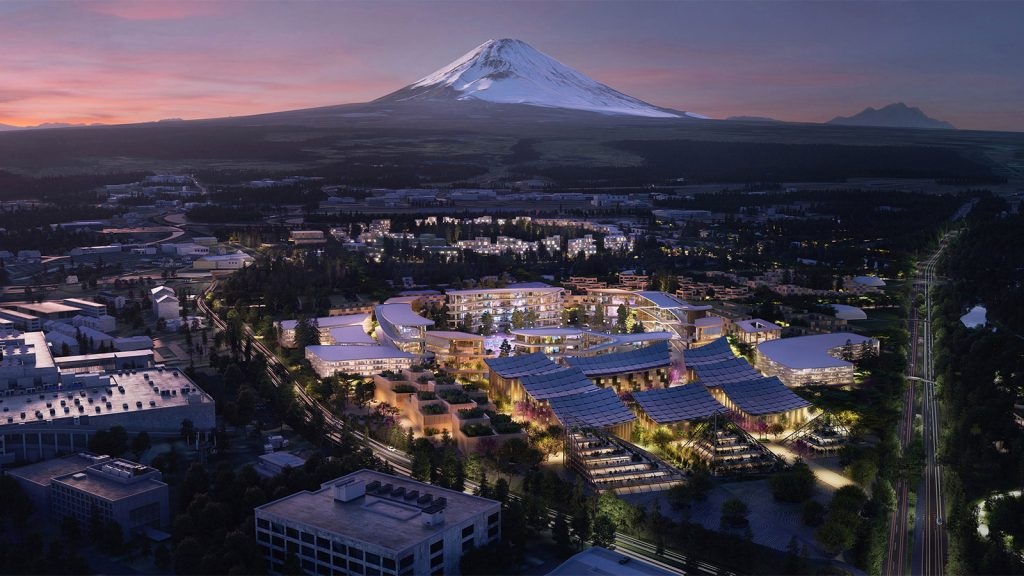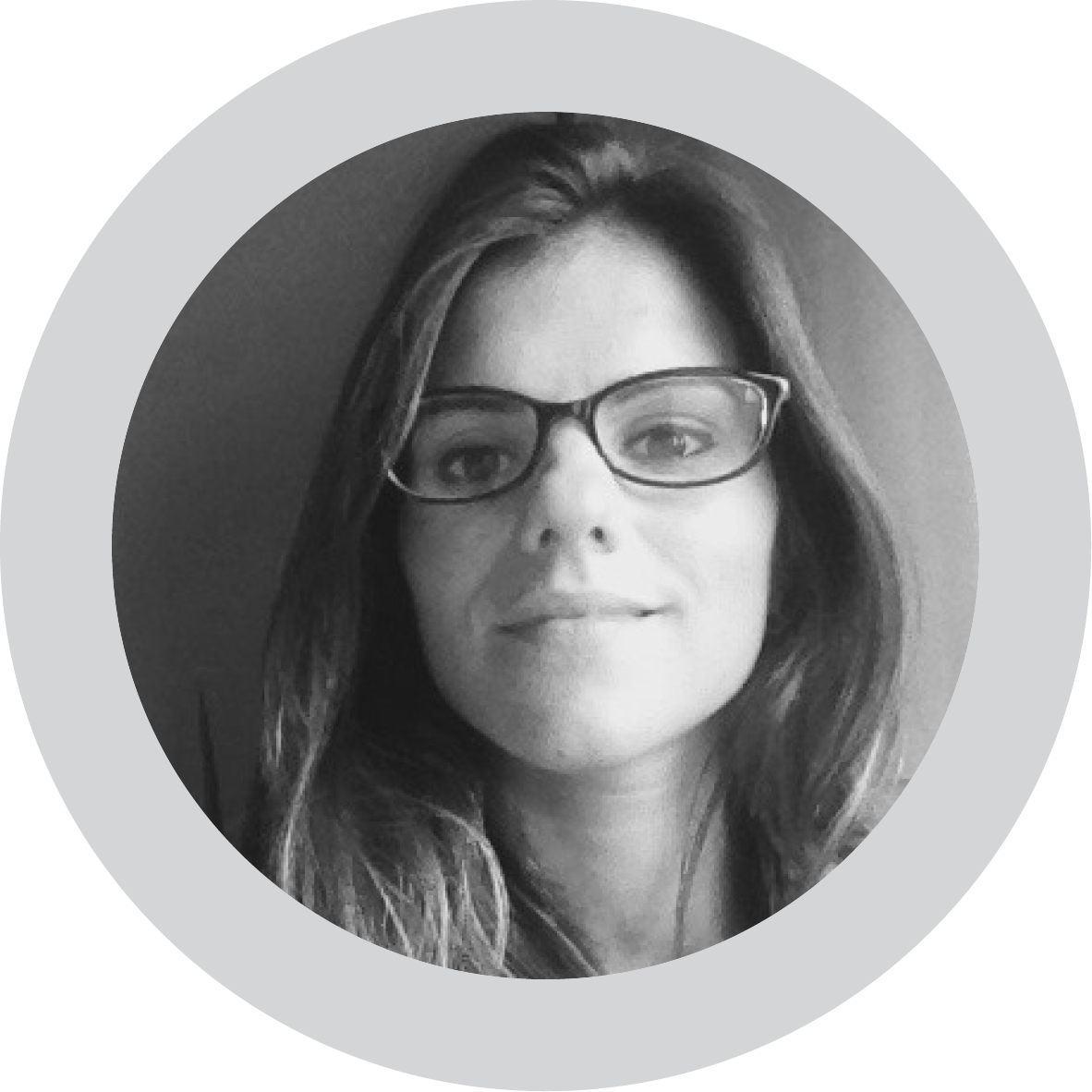Japan is building a hydrogen-powered city that will serve as a prototype for sustainable cities in the future. The project was developed to enable residents and researchers to test, in a small controlled environment, how the combination of the environment and technology related to autonomy, artificial intelligence and robotics would work.
1. Woven City, a living lab
Dubbed as Woven City, the futuristic city is being constructed by Toyota, in a 175-acre urban development in Higashi-Fuji, Japan. Urban planning is a major element for social and economic development in the world, especially in terms of sustainable development. It becomes a pressing topic since, according to UN data, more than half of the population currently lives in urban areas, a figure that is projected to rise, reaching 66% by 2050.
Toyota’s new futuristic city will provide an incubator to test and analyse how cities can be better equipped in the future to respond to the needs of a growing population and consequently, the environmental footprint they leave left behind.
The prototype city of the future, Woven City, is being designed to offer a fully connected ecosystem and to be powered by clean energy produced through hydrogen fuel cells.
In practice, the Woven City development will function as a sort of living laboratory, where full-time residents and researchers will be able to test and develop technologies such as autonomy, robotics, personal mobility, smart homes and artificial intelligence in a real-world environment.
The Japanese city of the future is being built with connection between people, spaces and mobility in mind. The major key idea at the center is sustainability.

2. Mobility
Being a futuristic city, the entire area is designed to run entirely on smart mobility. The concept includes zero-emission vehicles with 100% renewable energy, the promotion of different modes and frequent public transportation. Finally, the plan foresees new forms of urban planning such as superblocks and pedestrian streets.
In terms of urban planning more specifically, the city master plan includes three street types to accommodate various needs. The fast-moving traffic will be limited to one type, slower moving traffic and pedestrians will use another, and park-like promenades will be dedicated to pedestrians. All three street types will weave together in a picturesque organic grid pattern.

3. Who will live in Woven City?
At first, about 2,000 people will live in Woven City. These persons will consist of Toyota employees and their families, retired couples, retailers, visiting scientists and industry partners. In time, further residents will be invited as the project evolves.














